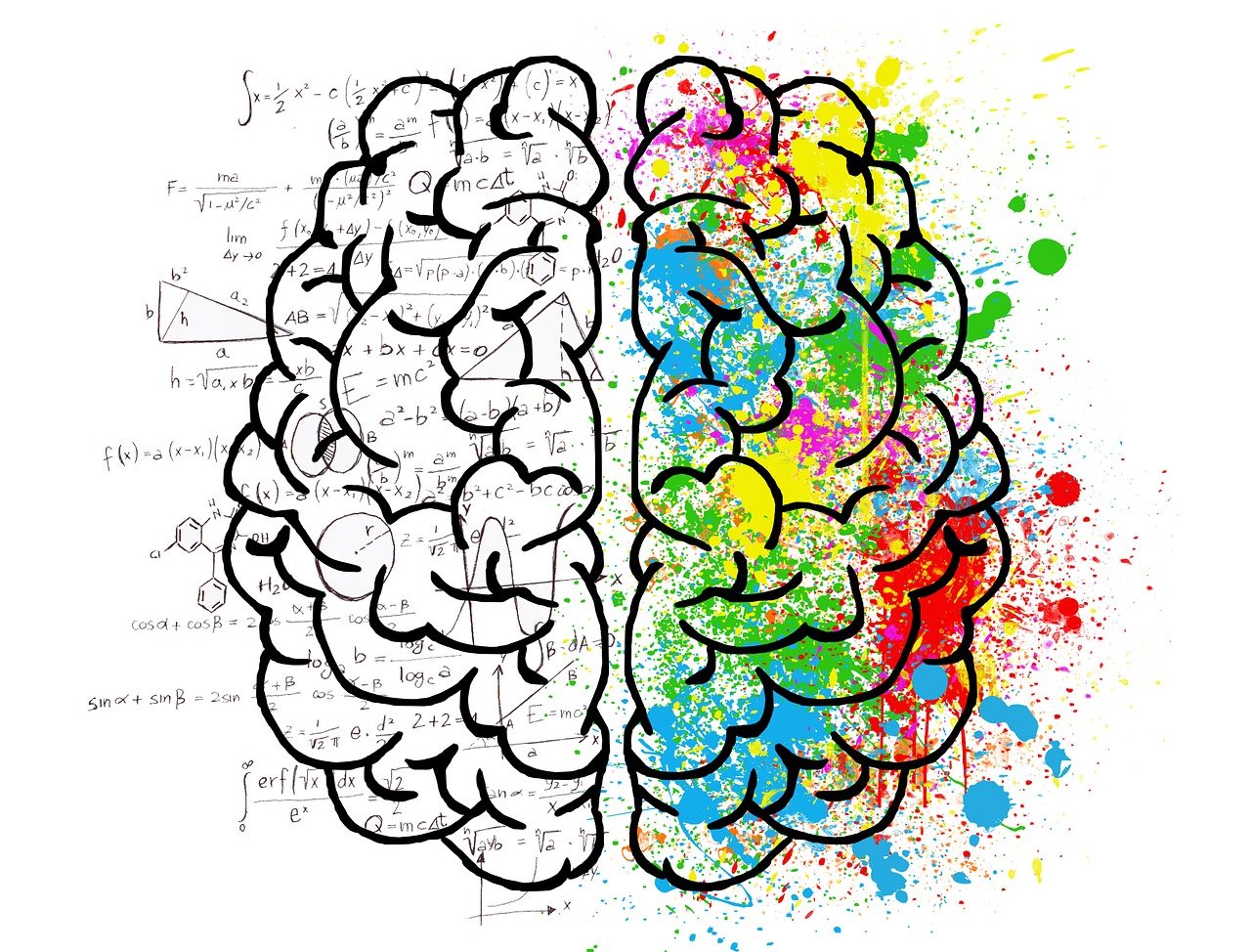
Creating an inclusive and supportive workplace for neurodivergent team members
 By Issy
By Issy
The impact and benefits of a diverse and inclusive workplace are widely celebrated and known, with companies championing a wide range of diversity and inclusion (D&I) initiatives. One area of D&I that has been gaining more attention recently is neurodiversity. With approximately 1 in 5 to 1 in 7 people being neurodivergent, businesses must understand how to make the workplace more inclusive to those who are neurodivergent.
We want to ensure Spark is an inclusive and supportive work environment where we value and appreciate different ways of thinking. We recently had some awareness training with The Dyslexia Association, helping to further build our understanding of neurodiversity, including strengths, nuances, and ways we can be more supportive.
Here are some of my key takeaways from the session.
1. How do you define neurodiversity?
Many things need to be clarified and discovered about neurodiversity. This is mainly because research into the topic is still relatively new, and understanding the human mind and how it operates is extremely challenging.
The session began exploring what neurodiversity is. We learned that it is a naturally occurring variation in all humans, much like fingerprints or hair colour, that shows the differences in how our brains work.
It is also essential to understand that neurodivergence can be largely or entirely genetic and innate, largely or entirely produced by a brain-altering experience, or a combination of the two.
2. Language is important when discussing neurodiversity
Terms can often be misused when talking about neurodiversity, so educating ourselves on what is correct is vital.
Neurodiversity is not a trait that a single person can possess. No-one ‘has’ neurodiversity, and no-one ‘is’ neurodiverse.
Neurodiversity is the natural variation in the human brain – it is a group of humans (the collective) who are neurodiverse.
Individuals may be or may identify as ‘neurodivergent’ because they function in a way that diverges from the predominant neurotype.
3. The nuances of neurodiversity
Often when specific learning difficulties (SpLD), such as dyslexia, are discussed, many people assume that it just means “you’re bad at spelling” or you “get distracted easily”. In reality, there are a whole host of traits associated with each SpLD, and they can present differently for each individual.
For example, those with dyslexia can be incredible visual thinkers. This means they may have excellent visualisation skills that help them to creatively solve problems or think about the bigger picture. Likewise, those with Autistic Syndrome Disorder often can focus on the finest details and have an incredible memory.
A different person with dyslexia might be very good at spelling, but struggle with their lefts and rights; while someone with dyspraxia might have excellent coordination, but struggle with listening skills.
The training session taught us never to assume what traits a person may have based on our preconceptions, but rather take time to understand each individual, their strengths and their coping mechanisms.
4. How can we change our working habits to be more inclusive?
One of the exercises in the session was to think about our different work environments – the office, home and virtual spaces – and think about what we can do as a company to ensure that everyone is catered for.
There were debates about whether camera usage in meetings should be encouraged, as, for those who need help with social cues, not seeing a person on screen and their facial expressions can disrupt their ability to follow the conversation. But equally, being on camera can be exhausting for individuals who feel they must present themselves in a way that is not entirely natural to them when they are on camera.
We all agreed that having an environment at home or in the office that encouraged collaboration with colleagues, while also offering a space for silent and concentrated work was vital. This might mean turning the music down in the office or having a more comfortable desk set-up at home.
What next?
Our session with The Dyslexia Association highlighted how neurodivergent individuals may struggle in workplaces. It gave us some ideas for changes to ensure Spark is as inclusive as possible. For example, we’re assessing various tools and apps that The Dyslexia Association recommended to help our team members. We’re also looking at the Government’s Access to Work scheme, which can provide additional support to those who need it.
Ensuring everyone has mechanisms in place to be their best self is essential for an inclusive, thriving workforce.